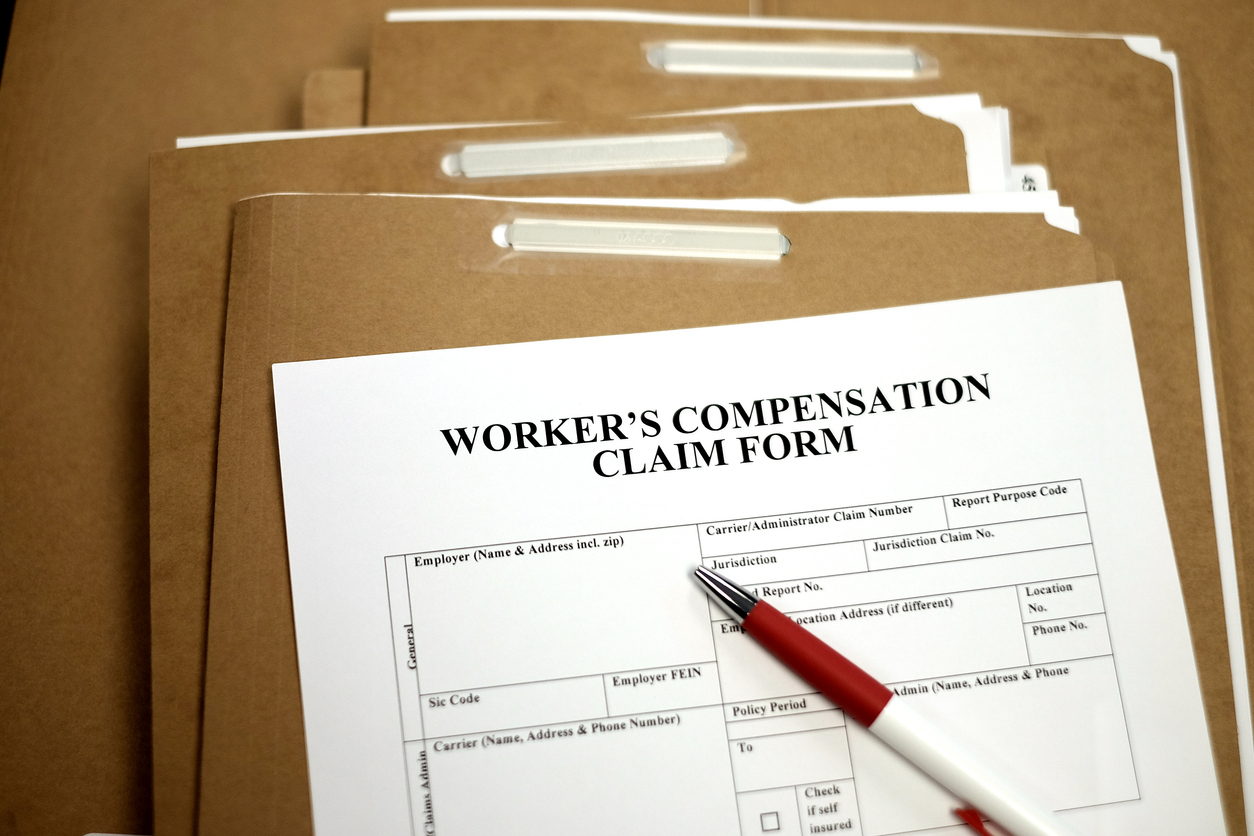Do you feel like you stand alone trying to make folks understand that there are more constructive ways to solve a problem than by sweeping it under a rug? Do you get that pesky knock at the door the same time your office and your mobile phone rings, giving you that sinking feeling your day is about to go sideways? I know I do. Public entity risk management can be a lonesome proposition. So let’s try and shake off that loneliness and think about how we can create partnerships through safety committees.
A safety committee is a group of people within your organization that come together on a scheduled basis to talk about your entity’s risks, risk treatments, assessments, threats and opportunities. They are the folks that are critical to the success of your public entity’s mission and might include members from each of your departments - finance, engineering, utilities, legal, code enforcement, building and zoning, public works, fire, police, human resources, members of your legislative body and even your labor unions! They are the folks who can go back to their team and talk risk and safety and help you promote your safety programming.
Right about now, you’re saying to yourself, “great, just what I need, another meeting!” However, safety committees enable and empower you to treat your entity’s risks and identify opportunities. They provide an opportunity for everyone to communicate the positive, work through the negative, and come to a consensus on tough issues facing your community. If your entity doesn’t have a safety committee, you can put one together! Ready…set…let’s start with some basics.
Make a list of the issues that keep you up at night. Think about the folks who won’t listen, know more than you do or just love to talk about their point of view. Your safety committee can be the eyes and ears of your risk programming. You can’t be everywhere right? Therefore it’s important to bring those front line risk managers to the table and let them be heard.
What do you hope to accomplish? Who do you hope to reach? Your answers will help you set some goals and objectives for your first meeting and agenda. Publish the agenda ahead of time and ask folks to contribute issues that are important to them. Identify an individual to take notes so you may keep a record of what is discussed, what needs to be accomplished and what has been achieved. Monthly minutes will help you track and trend issues faced by your community.
Set rules of engagement and make them fair and responsible. Talk about them at your first meeting. Ask for suggestions and record them for future meetings. For starters, one person, one vote regardless of position, is called the equality of safety. Respect during discussions is expected. Remind folks that attitude gets checked at the door. Communication is anticipated, but needs to be based on honesty and stays at the table until consensus is achieved.
You should plan on scheduling your safety committee meetings on a regular basis. Monthly meetings are a good way to keep the dialogue moving and current. It’s also helpful to schedule them a year in advance so your safety committee meetings take priority.
Your monthly agenda should include “old business” and “new business.” Old business includes a date order of risk and safety items identified by the group for continued work and attention. This safety committee agenda becomes a working timeline of loss prevention and control activities – your committee’s goals and objectives. As opportunities for improvement are accomplished, your minutes tell your committee’s success story.
If you are struggling with your safety committee or are thinking of putting one together, be brave. Safety committees have the capacity to rock your world by engaging your stakeholders and creating an amazing network of risk worker bees. Remember, everyone wants to belong to something. What better place to be than on your team ready and, poised to make a difference in your community? Your safety committee will help your organization recognize the effectiveness of partnerships while collectively solving issues with one united voice.
Do you have a safety committee? What are some of the challenges you have faced in your safety committee’s startup journey? How do you get your folks to communicate? Let’s share!

By: Marilyn L. Rivers, CPCU, ARM, AIC
Director of Risk and Safety/Safety & Compliance Officer, City of Saratoga Springs
Summary of Qualifications
- 20+ years of experience in risk financing, operations and safety management
- 2014 - Present, President, NYPRIMA
- 2013 PRIMA President's Award
- Strategic Chairperson/Educator PRIMA Institute PI 15 - Albuquerque, NM; PI 14 Louisville, KY; PI 13 Milwaukee, WI; and PI 12 - Charlotte, NC.
- Vice Chairperson, RIMS Standards and Practices Committee - Participating in the formulation of international policy concerning risk management, January 2014. Committee member 2012 to Present.
- Educator and lecturer on risk, insurance, facilities and safety management including PRIMA Podcasts.
- 2007 PRIMA Public Risk Manager of the Year.
Responsibilities
As director of risk and safety, Marilyn is responsible for the city's claims management, contract administration, litigation management, safety, and compliance programs. She also contributes her expertise in fiscal oversight, compliance, administration, delivering cost reductions, policy development and management. Additionally, Marilyn serves as the chairperson of the City of Saratoga Springs' Safety Committee.
Business Experience
Marilyn possesses private sector experience in healthcare risk management on both local and national levels, corporate operations experience for an internet engineering dot-com, as well as 13 years of experience in the public sector. She is a regular Risk and Insurance magazine columnist.
Professional Affiliations
RIMS - Risk and Insurance Management Society
The National Safety Council
PRIMA - Public Risk Management Association
PRIMA NY - Public Risk Management Association, New York Chapter
Education
B.S. in Chemistry, Clarkson University
M.Ed., Tufts University
CPCU, Chartered Property Casualty Underwriter designation, American Institute for Chartered Property Casualty Underwriters
AIC, Associate in Claims designation, American Institute for Chartered Property Casualty Underwriters
ARM, Associate in Risk Management designation, American Institute for Chartered Property Casualty Underwriters



